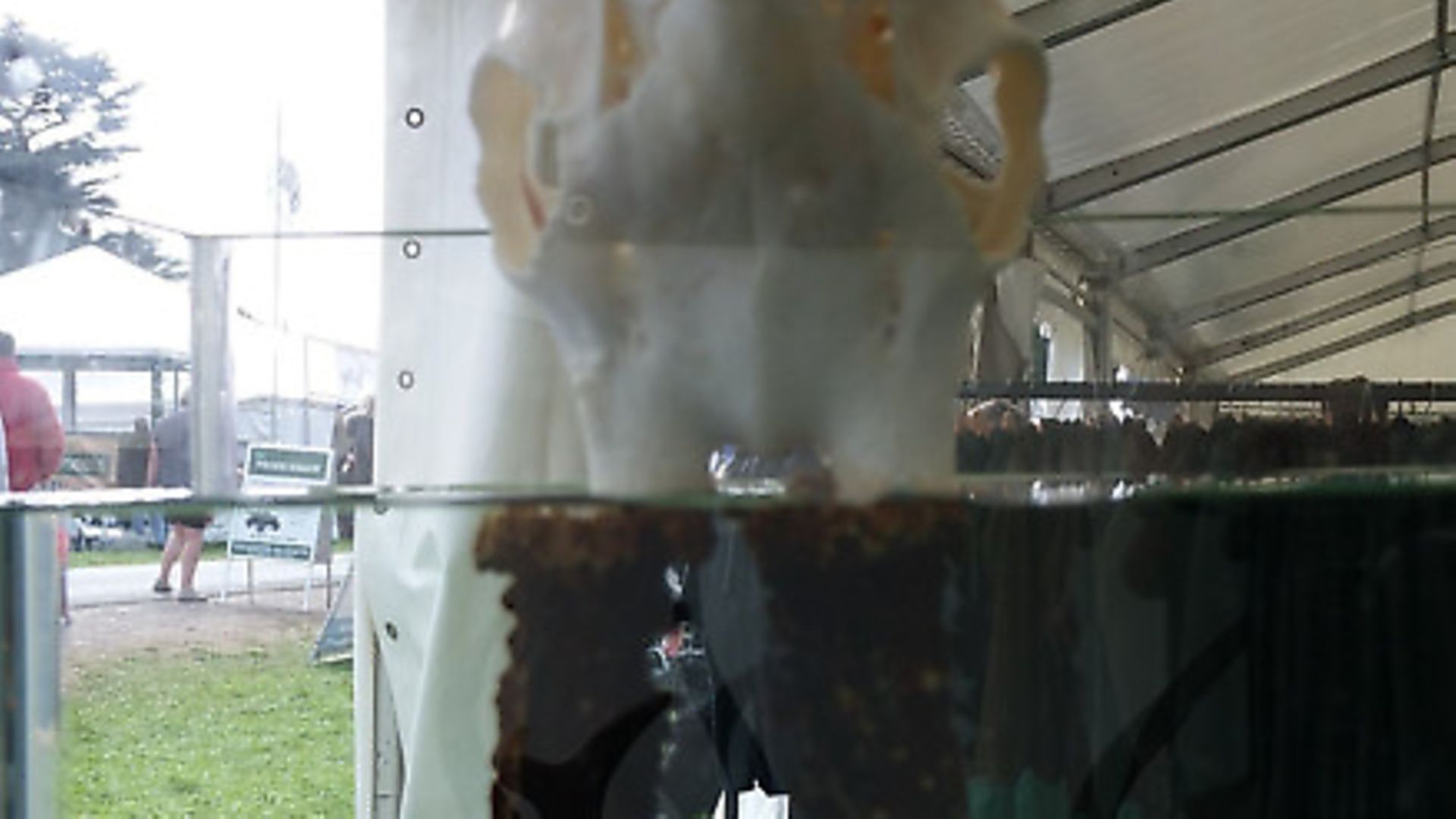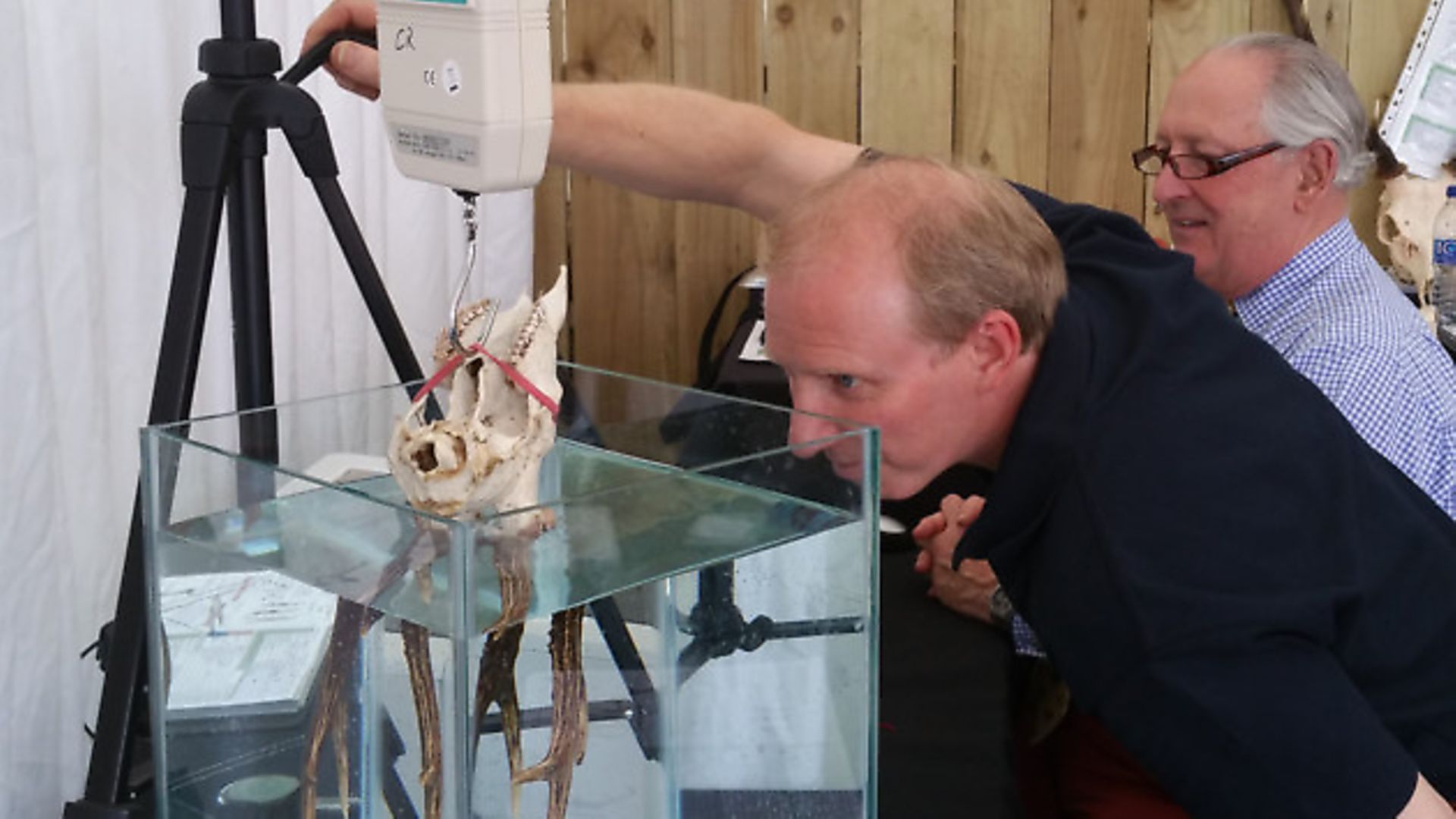What exactly is the CIC and why is it recognised internationally as a worldwide organisation responsible for wildlife management and conservation? Read on to find out more...
 credit: Archant
credit: Archant
What exactly is the CIC and why is it recognised internationally as a worldwide organisation responsible for wildlife management and conservation? CIC, an abbreviation for the French Conseil international de la chasse, is more widely known as the International Council for Game and Wildlife Conservation and while, in the UK, its premier application is the measurement of trophies, this is only one aspect of the vital work undertaken by this leading conservation and wildlife management organisation.
A politically independent body, the CIC consists of 37 National Delegations, with experts worldwide, and is based in headquarters in Budapest, Hungary, under the supervision of its Director General. Amongst its objectives are the conservation of nature, sustainable use of natural resources, the selective harvesting of game and improvement in wildlife management.
An important aspect of these objectives is the measurement of trophies as a means of assessing local and national quality. As far as the work of CIC in the UK is concerned, it enables us to provide comparison with other European countries who are allowed to use the CIC system and, most important of all, contributes evidence of responsible wildlife management.
It is also of vital importance that the CIC system enables the stalker to understand what he or she should be looking for in a deer, in terms of age and quality. With the exception of Chinese water deer, the CIC system is biased towards mature animals, those which are at, or just past, their peak. The stalker is encouraged to evaluate the whole animal, including its body size as well as antler size, to avoid targeting too many young, developing specimens.
 credit: Archant
credit: Archant
There are a number of markers that can be used to evaluate a head’s potential CIC value. When a head with a weight element has been cleaned and dried, and not before, the following weights should be looked for with a full upper and uncut skull: roe 470g; fallow 3kg; and red 5kg. Animals weighing less may score, while those weighing more may not. In sika, an average length of 50cm with a span of about 40cm is a good guide. Muntjac antler lengths should be plus 12cm, while Chinese water deer, if more than 18 months old, will usually make medal class if both tusks are entire and undamaged.
By scoring and evaluating trophies of all species of hoofed game in Britain today, the CIC system can monitor national trends and the spread, or otherwise, of all these deer species. This is of equal importance at an international level and today the CIC measuring system is recognised as one of the major worldwide evaluation systems, comparing more than favourably alongside Rowland Ward, which is the oldest measuring system, dating back to 1892. Incidentally, all UK Trophy Commission judges are also accredited Rowland Ward measurers. The team of measurers in the UK have each undergone an intensive course in measuring and assessing the six species of deer in this country and, in addition, wild boar.
It is also both significant and a mark of the high regard in which the UK Trophy Evaluation Board is held, that its three senior trophy judges, Tony Dalby-Welsh, Iain Watson and Charles Fenn, have now been appointed senior international trophy judges. All are long-term members of the CIC UK Trophy Evaluation Board and, furthermore, have extensive experience in judging not only British, but also European, Asian and African species.
It is important for all who stalk and manage deer in the United Kingdom that they should recognise that only the CIC experts and measurers can award its internationally recognised scores, certificates and medals, valued as a standard by hunters and conservationists worldwide. The formulae adopted for measuring trophies in this country have stood the test of time and enable modern scores to be judged and compared with trophies from the past. It is only with the agreement of those CIC-appointed experts who sit on the Trophy Evaluation Board that its formulae may be altered or modified. There is no other mechanism that allows this.
It must also be stressed that not only do CIC awards give UK trophies credibility in Europe, but the system has helped to establish our deer – particularly roe, muntjac and Chinese water deer – as being amongst the best. There is not the slightest doubt that the tradition of UK deer management is to the forefront and the envy of the world.
However, CIC extends its boundaries and work far beyond trophy assessment. Currently, it is supporting the development of a programme for sustainable hunting tourism, and is also assisting threatened indigenous hunting tribes, such as the inuit, pygmies and bushmen, pushed to the verge of extinction through de-forestation and industrial exploitation. In addition, the CIC’s small game commission is helping to restore in their habitats depleted populations of small game, such as quail, francolin and bustard, as well as mammals such as the hare. With delegations in 37 countries, CIC is a global player.